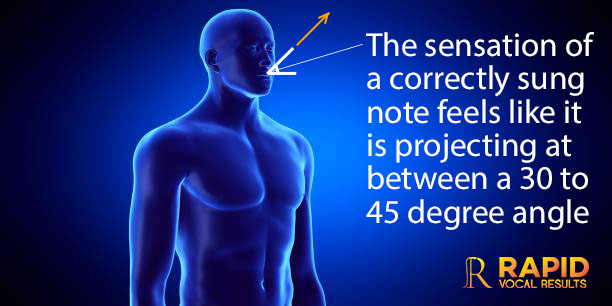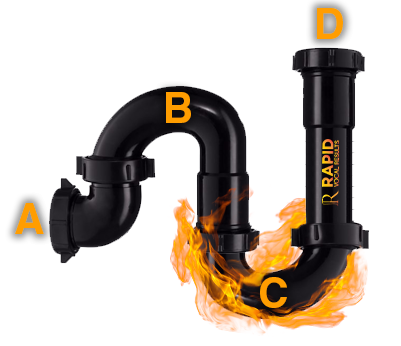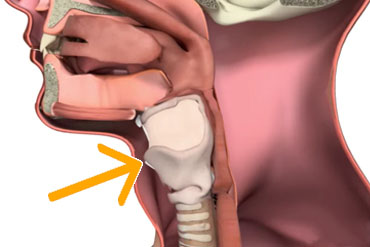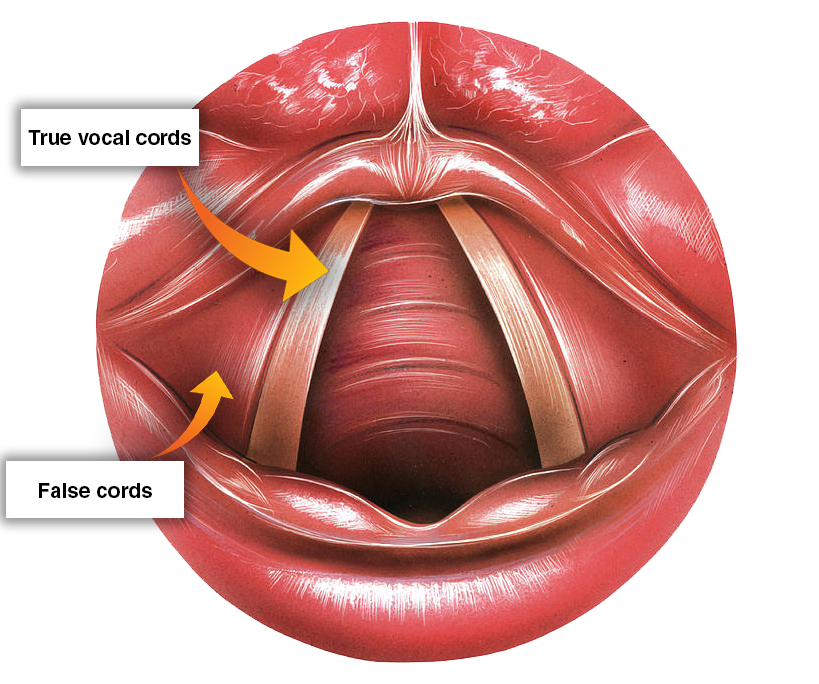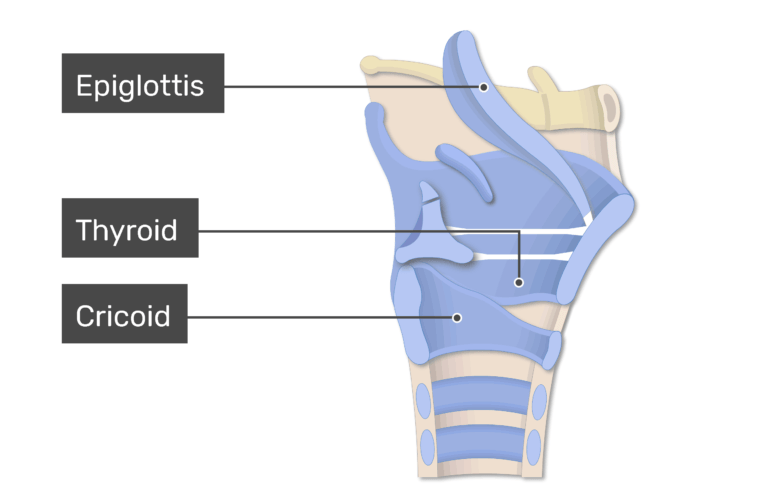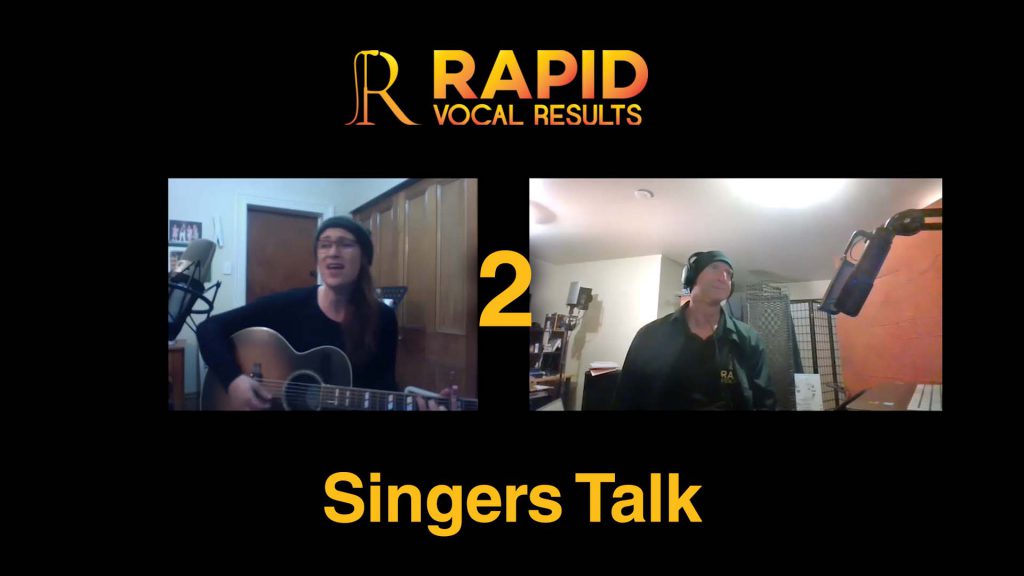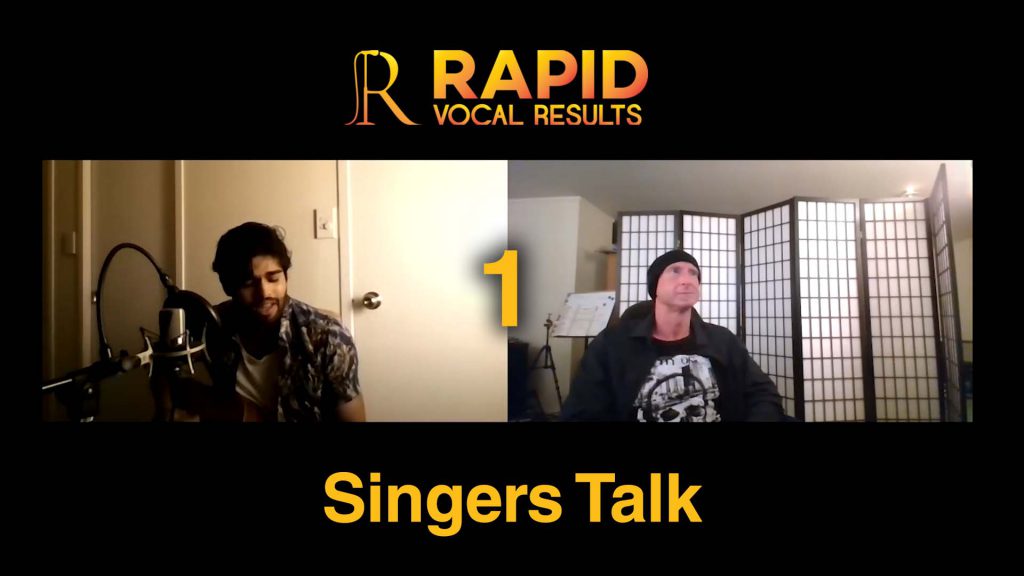Muscle memories and how they impact your performance
It is possible to sing higher without straining. It is also possible to connect chest voice and head voice without sounding like you’ve entered a weight lifting competition!
Our optimum performance is often determined by our muscle memory, meaning that if you’re a singer and you’re straining to sing higher in your chest and/or head voice, you could be performing well below your personal best without even knowing it. It’s very hard to break an unhealthy muscle memory that keeps on sending us vocally down the same dead-end street.
So what is a muscle memory? If we perform a specific motor task in the same way each time, we build muscle memories. The muscles that are used to perform the action start to remember that action’s form and shape. The muscles become pre-conditioned to perform the action automatically by themselves. The acts of singing, breathing, swallowing and how we open our mouth or throat and positioning our tongue can all be considered motor tasks.
Healthy muscle memories can improve the efficiency of our voice. This is done through automating and conditioning the tendons and ligaments to produce correct placement of our larynx and the correct action of respiration muscles that support our diaphragm to achieve good singer’s breathing.
Although we use the term “muscle memory”, the actual memory for the muscle’s activity is located in the memory center of our brain – not in the muscle itself.
When we repeat an action or motor task (muscle coordination) over and over again, the muscle coordination gets moved from the short term memory area, into the preferred long term memory area of the brain. The difference is that short term muscle memories can be easily forgotten, or you can become either rusty or inconsistent and prone to large degrees of variation in their execution through lack of use and lack of practice of that specific motor action.
Muscle memories that have been moved into the long term storage area of the brain tend to become almost automatic and require very little thought or effort to action and coordinate. An example of this is that some of us tend to zone out a little bit on a long car journey while our thoughts are elsewhere, and then we realise that we’ve been driving on “auto-pilot” the whole time! Muscle memories have taken over while we were away with the fairies.
Short term muscle memories are a bit different as we can keep forgetting what the correct coordinations are, meaning that we need to go over something again and again in order to make the muscle coordinations seem familiar. This is why regular, consistent practice is important and really does make a difference!
It can take between 1000 to 3000 correctly performed motor task coordinations before an action goes successfully from short term into long term memory storage. Even if a muscle coordination has made it to long term storage, if it isn’t used then it can revert back to a short term muscle memory again. A great example of this is a professional touring singer that is on the road for 12 months at a time, performing night after night. They then go on holiday or in hiatus for 6-8 months before going on the next tour, or going into the studio to record their next album. If they try to sing straight away, they’re likely going to find that all of those efficient long term muscle memories have become short term memories and they’re going to find their performance very inconsistent until they establish those muscle memories again. Once again, the key to maintaining good muscle memories is repetition and regular practice.
A good example of a professional singer that is now struggling with finding the correct vocal and breathing coordinations and who is at the mercy of short term muscle memories is Vince Neil from Mötley Crüe. These kinds of situations where the voice doesn’t vocally perform like it once did can severely impact the singer’s confidence in their own abilities.
So now that you know what a muscle memory is, how does it affect our singing?
Chances are, when someone starts exploring their singing voice, they’re bound to develop some inefficient or unhealthy muscle memories. These include:
- Excessive tension in the jaw
- Pushing and squeezing on the vocal cords in an attempt to reach higher notes
- Incorrectly tensing their shoulders, chest or back to try to create increased volume
- A lowered neck position, or looking at the floor when trying to sing higher notes
- Relying on excessive amounts of volume to sing or reach a higher pitch
- Holding their breath while singing
- Craning their neck forward (like a chicken)
Each of these actions can be described as unhealthy muscle memories.
Are you ready for some more bad news? What makes these unhealthy muscle memories even worse for the poor singer is that a memory feels familiar or normal, so we start to tell ourselves that it’s normal to sing with all of these restrictions and all of these vocal performance or breathing handbrakes. We often virtually ignore these obvious vocal performance and/or breathing handbrakes.
It takes time to develop an unhealthy muscle memory, and at first it might feel like it’s impossible to break a persisting bad habit. Since it took time to develop that unhealthy muscle memory, it makes sense that it’s going to require some patience and persistence to replace the unhealthy habit with a new, healthy muscle memory that will support better singing and better vocal function.
The first step is to recognise an unhealthy, unhelpful muscle memory by going through the vocal checklist above and doing a little bit of a “vocal audit” on how your body feels when you sing. It may be helpful for you to sing while standing in front of the mirror and observing how your body is reacting as you sing up and down through your vocal range, or while you sing through a song in which you have some challenging vocal parts.
Use the list above to help you uncover any vocal or breathing handbrakes that you may have unknowingly developed, or have been relying on to help you to get your sound.
At Rapid Vocal Results, we adopt “guerilla warfare” and we come at unhealthy habits from all different angles. There is no one effective way to break an unhealthy muscle memory quickly, especially if it is a habit that is has been well established over time. We adopt a holistic, highly effective strategy for not only retraining the muscle coordination, but we also work on the brain through a customised form of RVR NLP (Neuro Linguistic Programming) to reduce the time it takes to break the unhealthy muscle memory, and replace it with a healthy, efficient memory that will support better singing and higher levels of vocal performance.
Better singing everyone!



